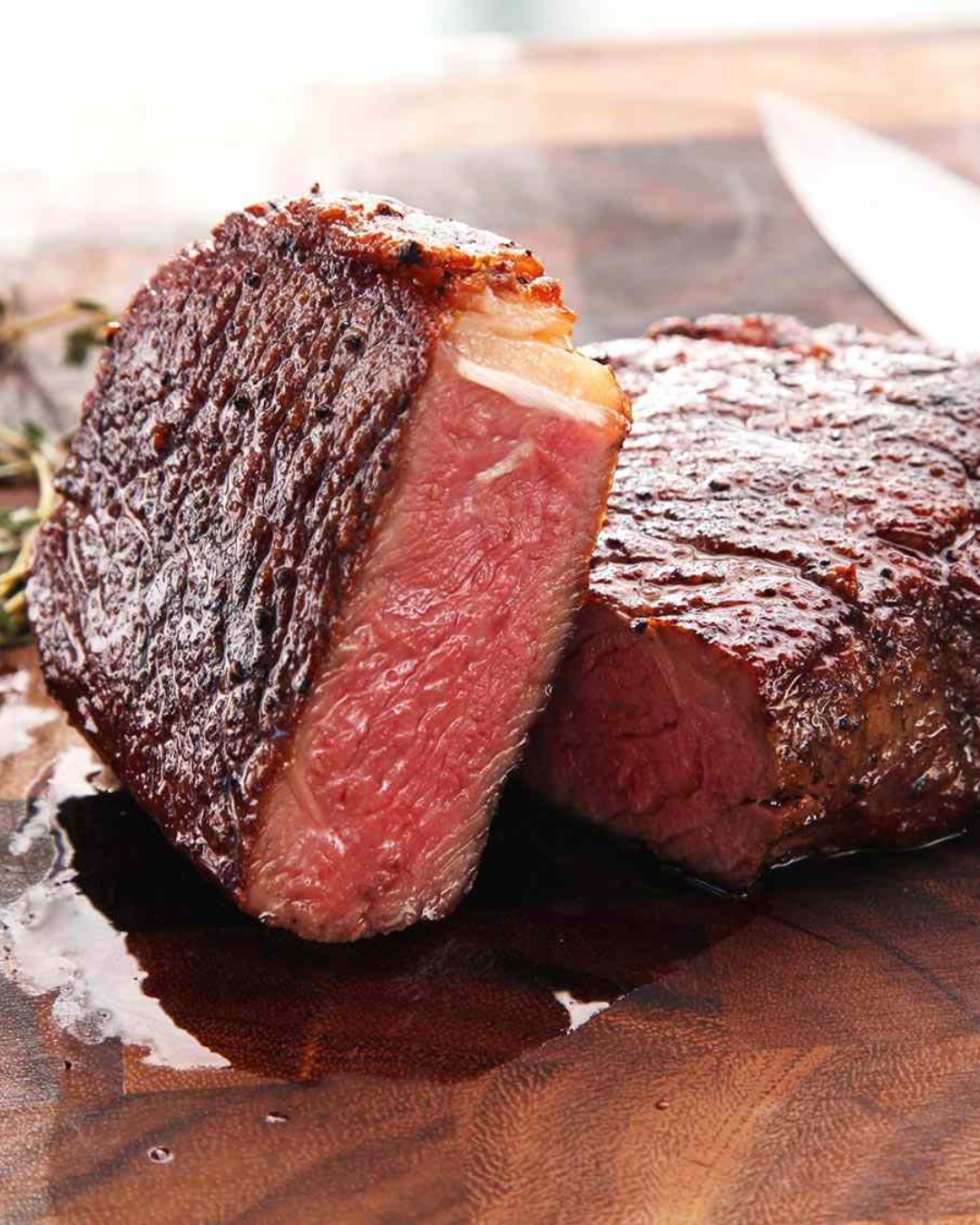When it comes to cooking steak, opinions can vary widely on what constitutes the perfect level of doneness. In many households, this topic can spark lively debates—sometimes even leading to disagreements between family members. A common point of contention is distinguishing between a medium-rare steak and one that’s undercooked or “raw.” This disagreement often centers around visual cues, texture, and taste, and it can sometimes be hard to definitively declare who’s right. So, how can you tell if a steak is truly medium-rare or undercooked? Let’s break it down.
What is Medium-Rare Steak?
Medium-rare is considered by many steak lovers to be the ideal doneness, offering the perfect balance of a tender, juicy interior and a flavorful, slightly charred exterior. A medium-rare steak is typically cooked to an internal temperature of 130°F to 135°F (54°C to 57°C). When sliced, the interior of the steak should be warm and pink, with a hint of red at the very center. The meat should feel soft but still springy to the touch, and it will offer some resistance when you press it with your fingers.
Visually, a medium-rare steak has a reddish-pink center, transitioning to a browned, caramelized crust on the outside. The texture is tender and juicy, thanks to the proteins in the meat not being fully contracted, allowing for moisture retention.
What is Considered Undercooked?
On the other hand, an undercooked steak—often referred to as “rare” or “blue rare”—has not been exposed to heat for long enough to reach the proper temperature for medium-rare doneness. An undercooked steak typically has an internal temperature of 120°F to 125°F (49°C to 52°C), and when sliced, it may have a cool, red center that appears almost raw. The texture can be very soft and a bit mushy, lacking the firm springiness that comes with longer cooking.
Undercooked steak also tends to have less of a browned crust, as it hasn’t been in contact with heat long enough to develop that signature seared exterior. The color inside is predominantly red, with very little pink or brown. To some, undercooked steak is a delicacy, often called “blue” or “rare,” but to others, it may be unappetizing or even unsafe if not cooked properly.
How to Settle the Disagreement
If you and your dining partner—or family member—are at odds over whether the steak is medium-rare or undercooked, there are a few objective methods you can use to settle the debate:
- Check the Temperature: The most accurate way to determine a steak’s doneness is to use a meat thermometer. Insert the thermometer into the thickest part of the steak, avoiding bones or fat. If it reads 130°F to 135°F, it’s medium-rare. Anything below 125°F suggests it’s undercooked or rare.
- Visual Cues: A medium-rare steak will have a warm pink center with a small amount of red, while an undercooked steak will have a cool, bright red center. The sear on the outside should be brown and slightly crisp in a medium-rare steak, while undercooked steaks may have a less developed crust.
- The Finger Test: A simple test to check doneness involves pressing the steak with your finger. A medium-rare steak should feel like the fleshy part of your hand below your thumb when you press it while your hand is relaxed. An undercooked steak, on the other hand, will feel much softer and less resistant.
- Cut into It: If you don’t have a thermometer on hand and are unsure about the doneness, cut into the thickest part of the steak. A medium-rare steak will have a pink center that is warm to the touch, while an undercooked steak will have a cooler red center that may resemble raw meat.
Personal Preferences and Safety Concerns
Much of the debate about steak doneness comes down to personal preference. Some people enjoy a blue rare steak, which is only seared on the outside and remains mostly raw on the inside. Others prefer their steaks cooked to a medium or even well-done temperature.
However, food safety is always important when cooking steak. For most cuts of steak, eating them rare or medium-rare is generally considered safe if they’ve been properly handled and cooked on the outside to kill any potential bacteria. The USDA recommends cooking steaks to an internal temperature of 145°F for safety, though this is a guideline for well-done steaks. Many steak lovers, however, enjoy their meat at a lower temperature for a juicier, more flavorful experience.
The Verdict: Medium-Rare vs. Undercooked
So, is it medium-rare or undercooked? The answer often depends on both the internal temperature of the steak and how it looks and feels. While your mom may think the steak is too raw, you might believe it’s perfectly medium-rare based on your preference. The best way to determine the true doneness is by using objective methods like checking the temperature and paying attention to the steak’s texture.
In the end, both of you may be right in your own way. Cooking steak is an art, and personal taste plays a big role in how we perceive doneness. Whether you prefer your steak medium-rare, rare, or well-done, it’s always a matter of finding that perfect balance of flavor, texture, and enjoyment.
Advertisement
Next time, consider cooking steaks to different levels of doneness to satisfy everyone’s preferences, and remember, a meat thermometer is your best friend when settling any steak-related disagreements!

